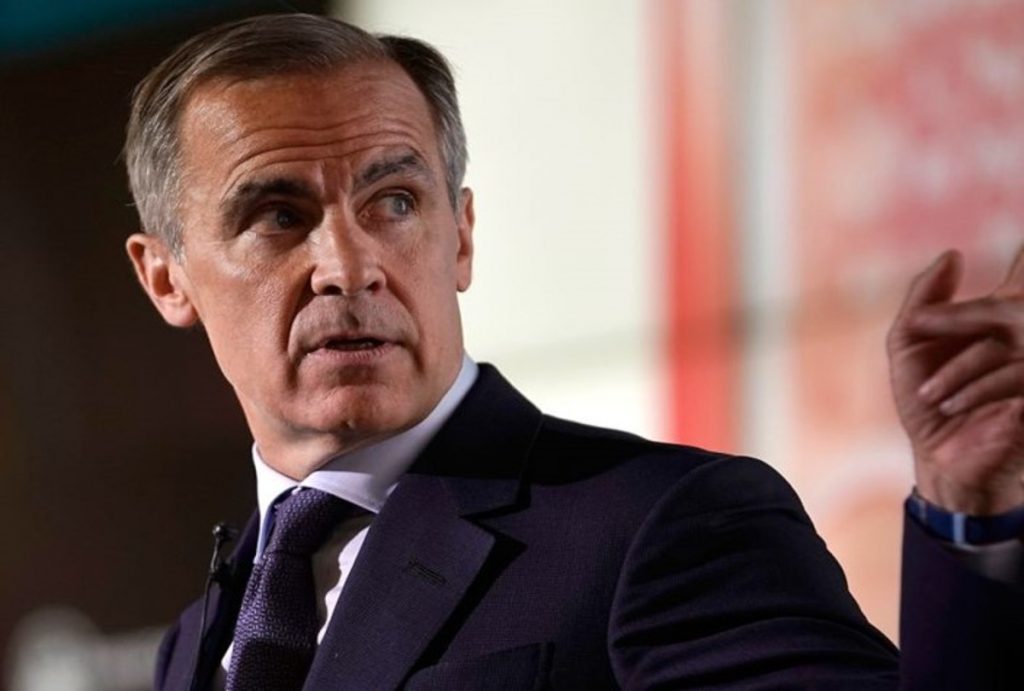
EnergyNow Staff
The Net-Zero Banking Alliance (NZBA) was established to mobilize the global banking sector in the fight against climate change, aiming for net-zero greenhouse gas emissions by 2050. Despite its ambitious goals, the NZBA has faced significant challenges and criticism, preventing it from working as intended. This document examines the history, founding members, reasons for its formation, and the factors behind its pushback.
History and Formation of the NZBA
The NZBA was launched in April 2021 as part of the United Nations Environment Programme Finance Initiative (UNEP FI). The alliance was created in response to growing international pressure on financial institutions to address climate change and align their lending and investment portfolios with the Paris Agreement targets. The founding members included several major banks from around the world, such as Barclays, Bank of America, Citi, Deutsche Bank, HSBC, and others. The NZBA quickly expanded, attracting dozens of banks that collectively hold trillions of dollars in assets.
The alliance set out clear commitments: banks would transition their lending and investment portfolios to net-zero emissions by 2050, publish annual emissions data, and set interim targets for 2030. The NZBA also provided a framework for banks to collaborate and share best practices in decarbonization.
Mark Carney’s Leadership and Advocacy
Mark Carney, the current Prime Minister of Canada, played a pivotal role as a founding architect and advocate for the NZBA. In his capacity as the UN Special Envoy on Climate Action and Finance, Carney helped to convene financial institutions and build consensus around the importance of net-zero commitments. He worked closely with the United Nations Environment Programme Finance Initiative (UNEP FI), regulators, and leading banks to establish clear standards and accountability mechanisms for the alliance.
Carney’s leadership involved:
- Mobilizing banks and financial institutions to commit to net-zero goals.
- Developing guidelines and frameworks for credible net-zero targets and transition plans.
- Promoting transparency, reporting, and verification of climate-related financial risks.
- Advocating for the integration of climate risk into financial decision-making.
Key Objectives and Rationale
The primary rationale behind the NZBA was to leverage the banking sector’s influence to accelerate the global transition to a low-carbon economy and the elimination of fossil fuels. By aligning financial flows with climate, the alliance sought to direct capital away from fossil fuels and towards sustainable investments, thereby reducing the risk of climate-related financial instability.
Lack of Binding Commitments
One of the primary shortcomings of the Net-Zero Banking Alliance was the absence of legally binding commitments. Banks were encouraged to set targets and develop strategies to reduce financed emissions, but these were often voluntary and lacked enforceable mechanisms. As a result, many member banks made public pledges without implementing concrete changes in their lending and investment practices.
Inconsistent Standards and Definitions
The alliance struggled with inconsistent standards for measuring and reporting emissions. There was no universal framework to define what constituted “net-zero,” and different banks adopted varying methodologies for calculating their climate impact. This inconsistency made it difficult to compare progress and hold institutions accountable, undermining the credibility of the NZBA’s efforts.
Continued Financing of Fossil Fuels
Despite joining the NZBA, several major banks continued to provide significant financing to fossil fuel companies. These investments contradicted the spirit of the alliance’s commitments and highlighted a gap between rhetoric and action. The lack of clear restrictions on fossil fuel financing allowed banks to maintain business as usual while publicly supporting net-zero goals.
Regulatory and Market Pressures
Banks operate within complex regulatory and market environments. In many cases, national regulations did not align with the NZBA’s aspirations, creating conflicting priorities for member institutions. Additionally, market pressures to maintain profitability and shareholder value often took precedence over long-term climate objectives, limiting the effectiveness of voluntary climate action.
Insufficient Transparency and Accountability
Transparency and accountability mechanisms within the alliance were inadequate. There were limited requirements for public disclosure of progress, and few consequences for failing to meet targets. Without robust monitoring and reporting systems, it was difficult to assess whether banks were making meaningful progress toward net-zero goals.
Greenwashing Concerns
The NZBA faced criticism for enabling greenwashing—where institutions exaggerate or misrepresent their environmental commitments. Some banks used their membership in the alliance primarily as a public relations tool, without making substantive changes to their operations. This undermined public trust and cast doubt on the alliance’s overall effectiveness.
While the Net-Zero Banking Alliance represented an important step towards mobilizing the financial sector for climate action, its lack of binding commitments, inconsistent standards, continued fossil fuel financing, regulatory challenges, insufficient transparency, and greenwashing concerns prevented it from achieving its intended impact. Future initiatives must address these shortcomings to ensure the banking sector plays a meaningful role in the transition to a net-zero economy.
Share This:




 CDN NEWS |
CDN NEWS |  US NEWS
US NEWS 































